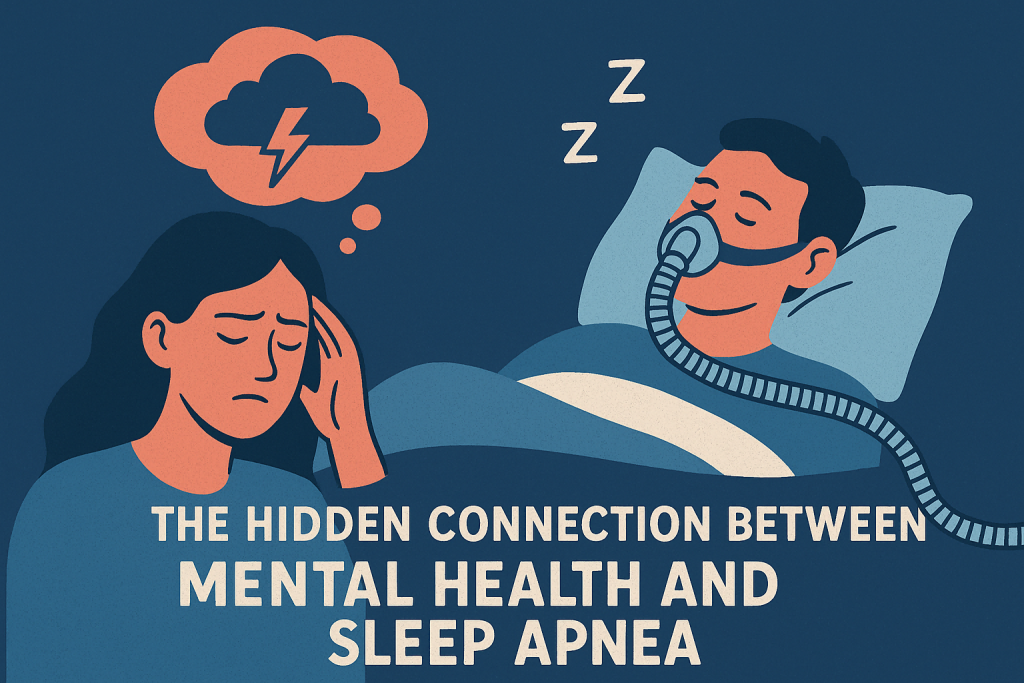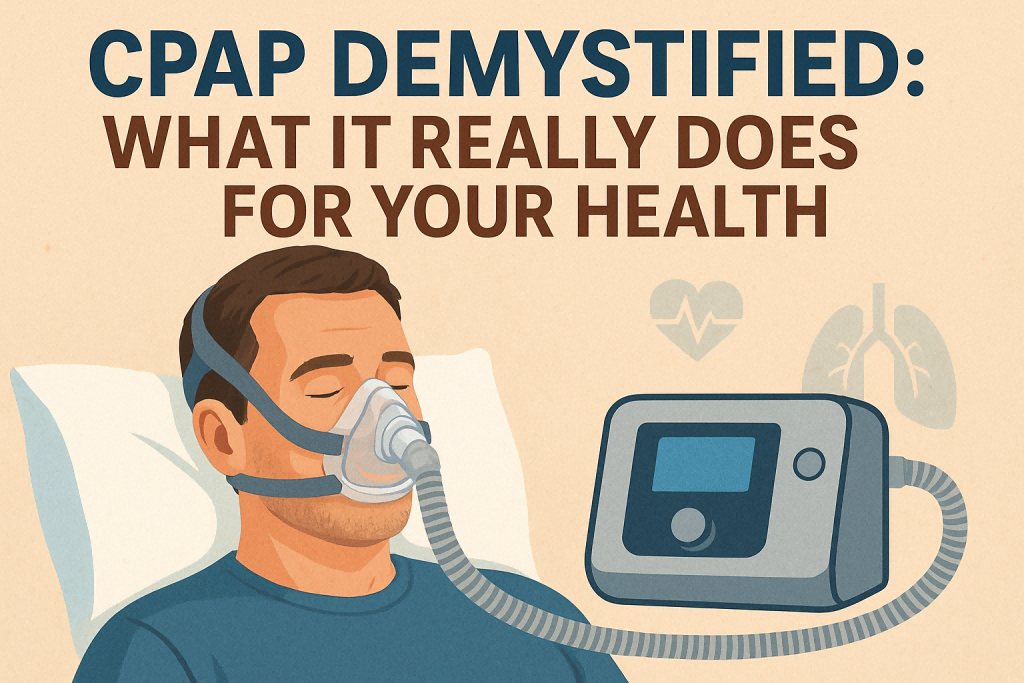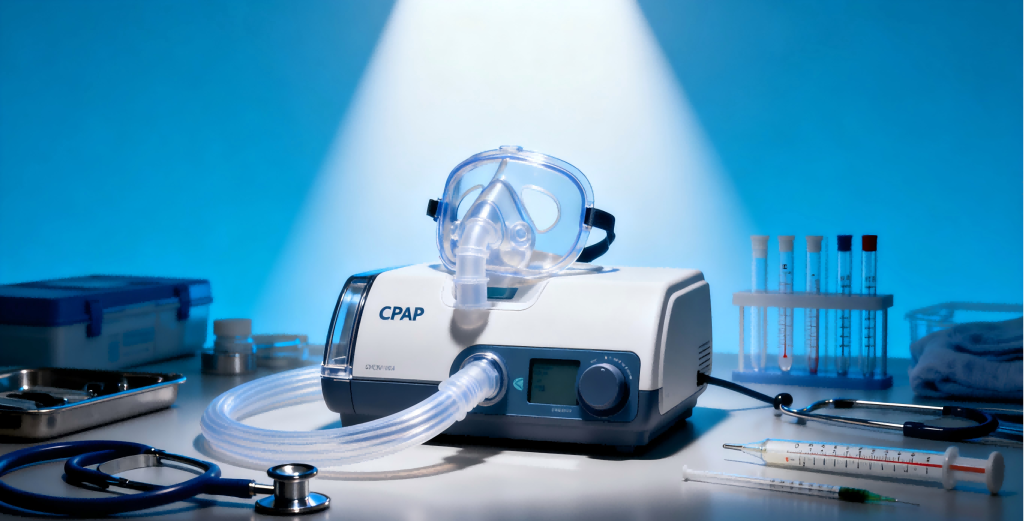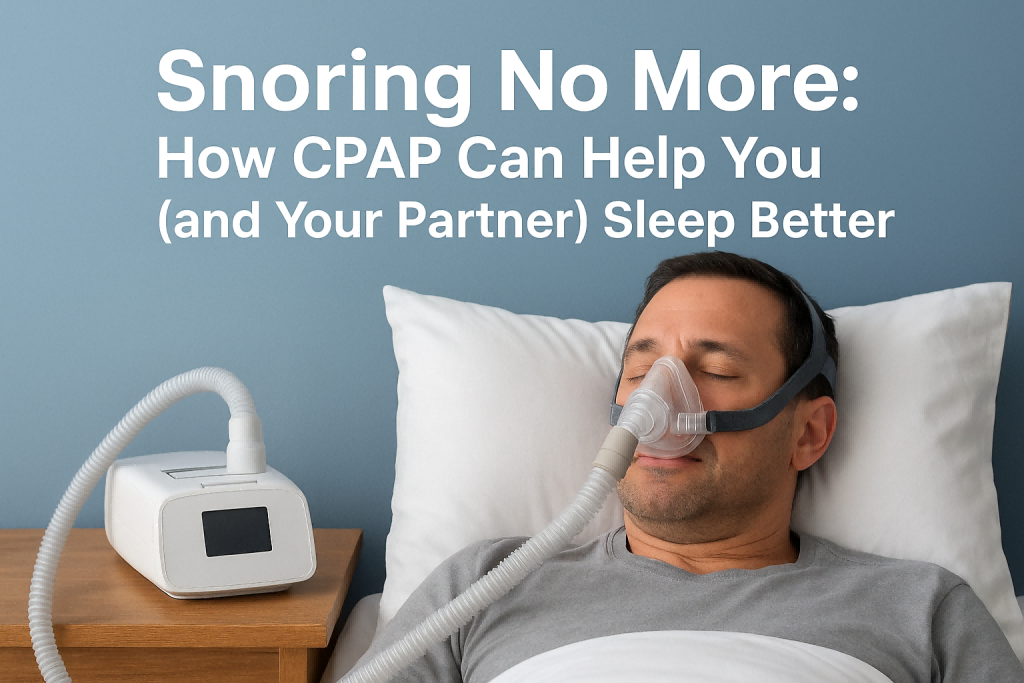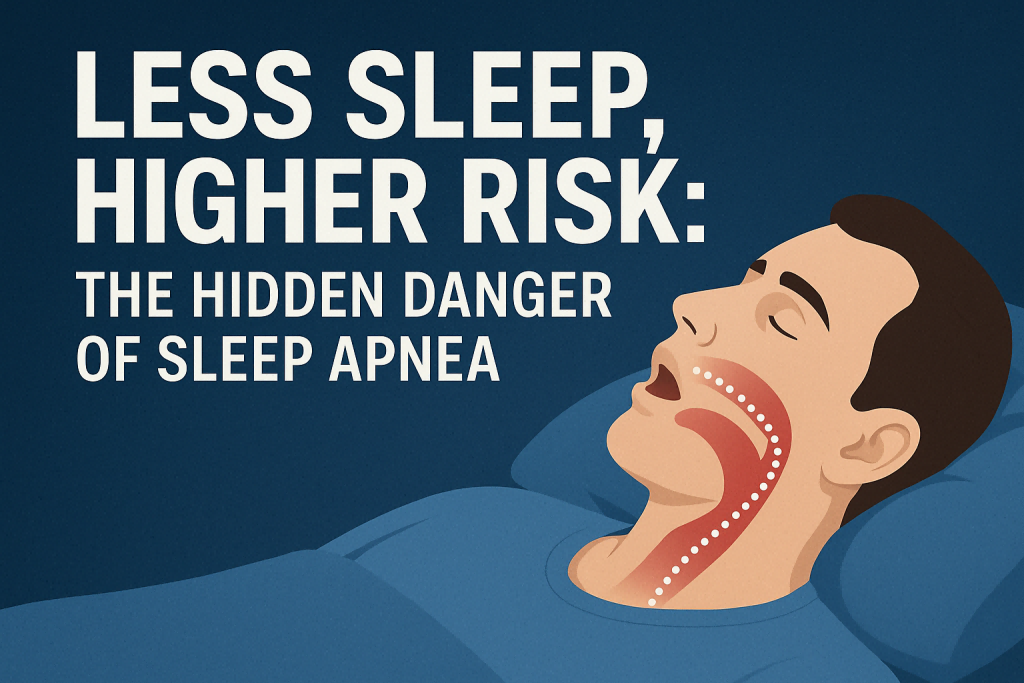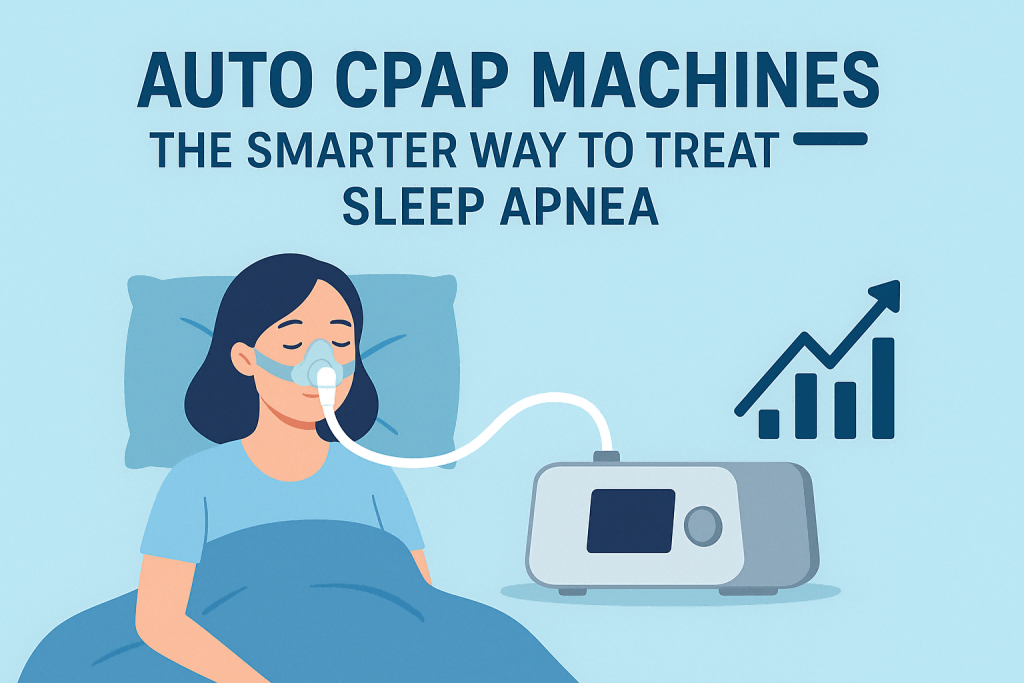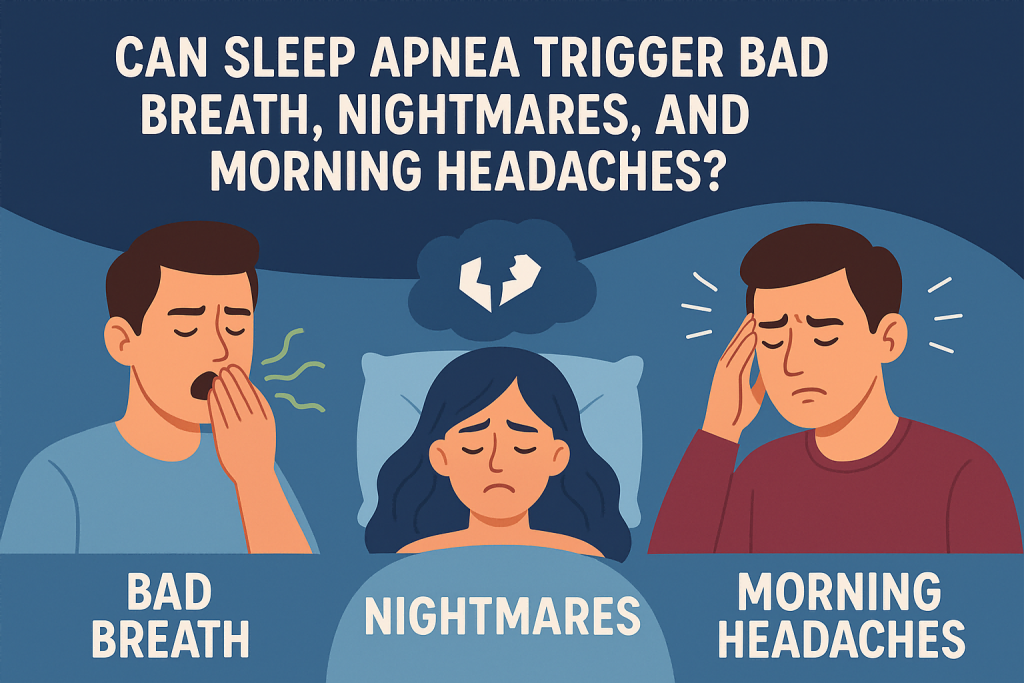The Hidden Connection Between Mental Health and Sleep Apnea
Why Mental Health and Sleep Apnea Are More Connected Than You Think Mental health and sleep are two sides of the same coin. When one suffers, the other follows closely behind. For millions worldwide, sleep apnea—a disorder that causes repeated breathing interruptions during sleep—is silently eroding mental well-being. While snoring and daytime fatigue are often […]
The Hidden Connection Between Mental Health and Sleep Apnea Read More »

